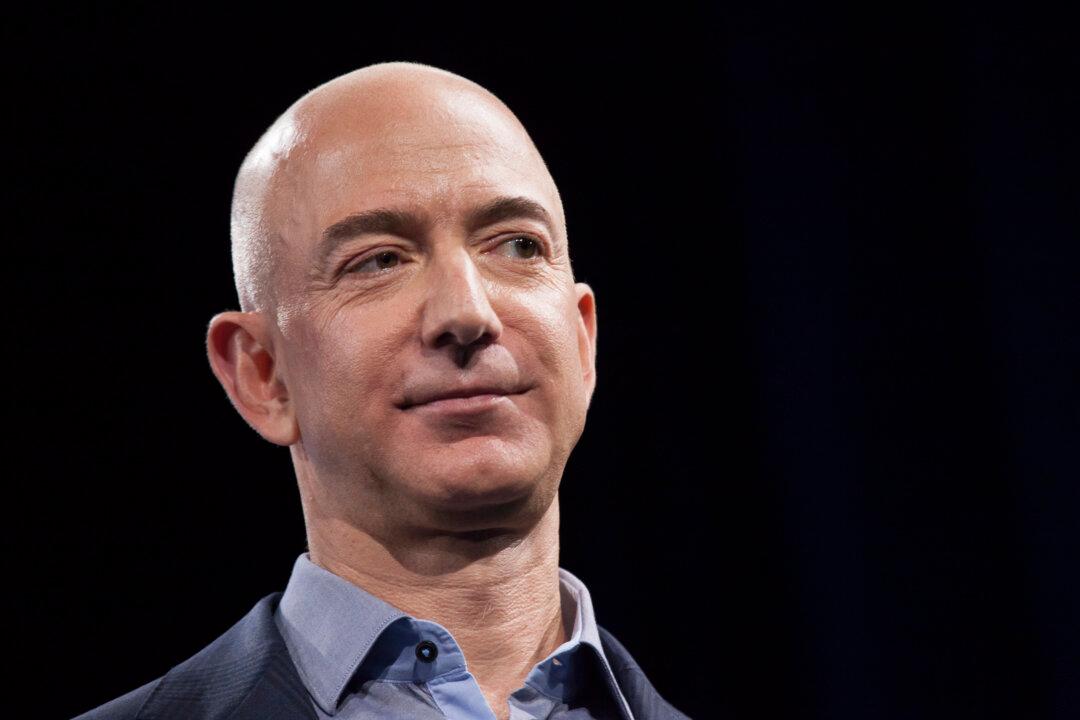Amazon is serious about drone delivery.
Last year, when the company filed a patent for an autonomous drone-delivery system, many thought that Amazon was pulling the public’s leg. Since then, it has redoubled its efforts at drone development, lobbying the government, and obtaining an exemption to test drones in the United States.
In a recent interview, Amazon CEO Jeff Bezos reaffirmed the vision of Prime Air as the universal delivery platform of the future.
The technical problems are very straight ahead. The biggest issue ... that needs to be worked on, is the regulatory side.
, CEO Amazon





